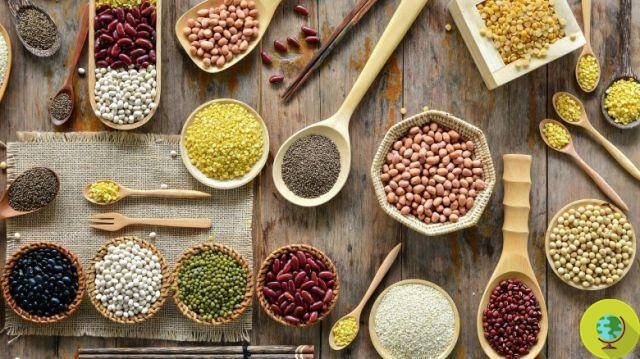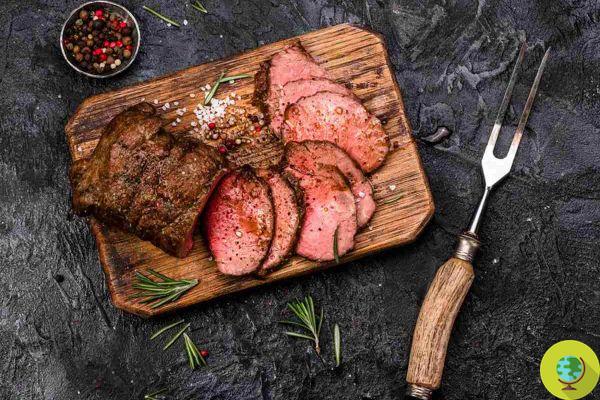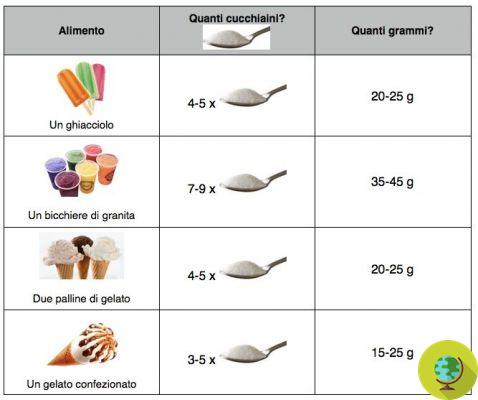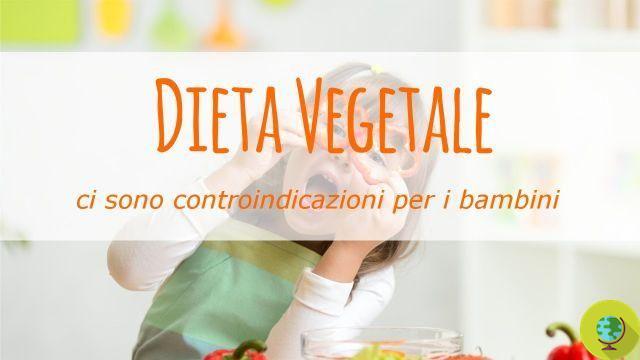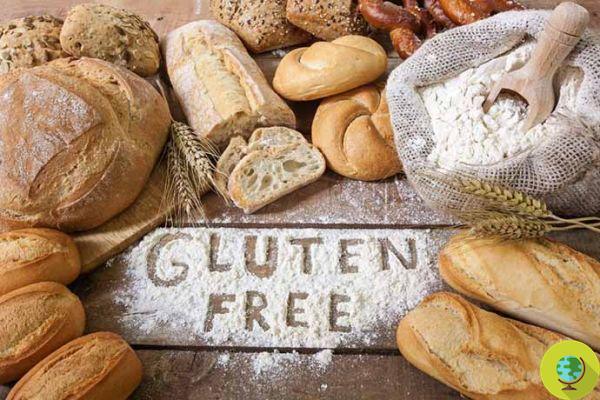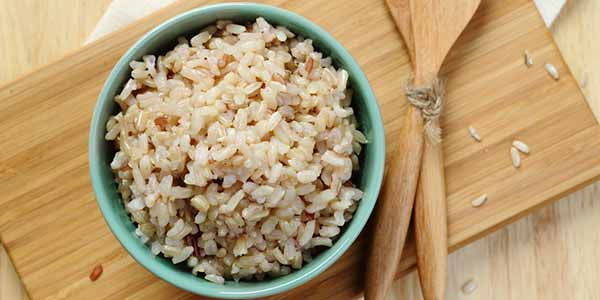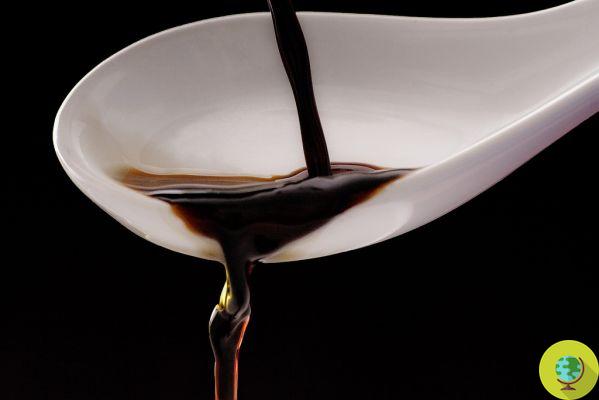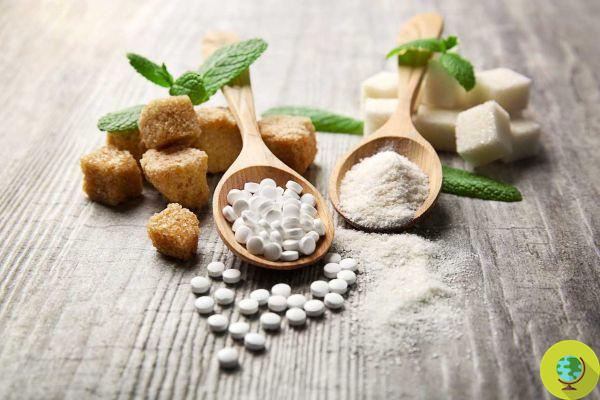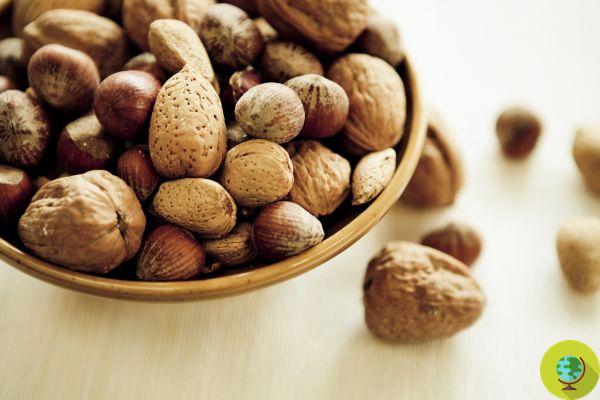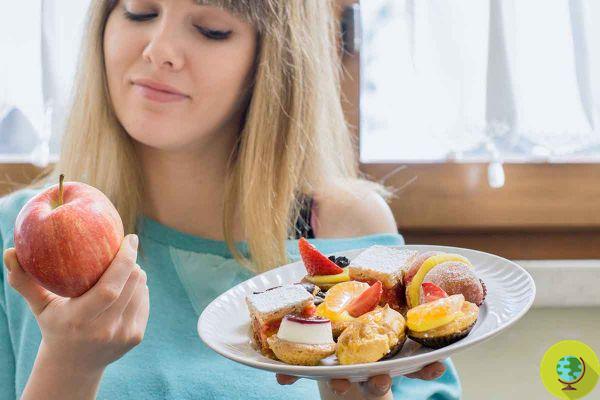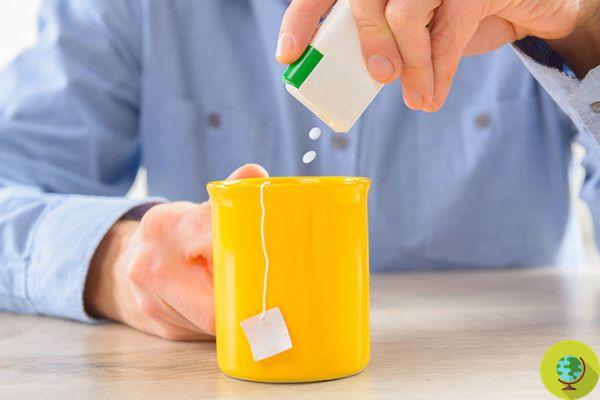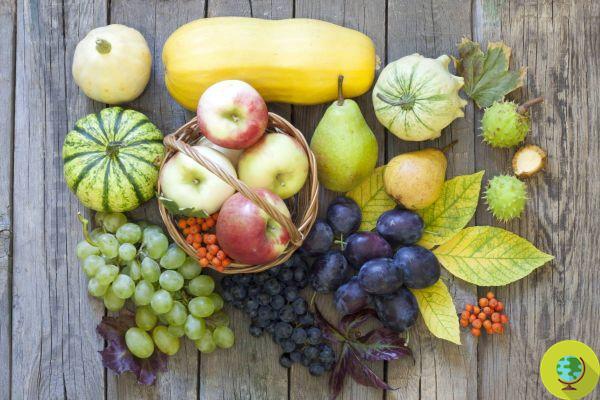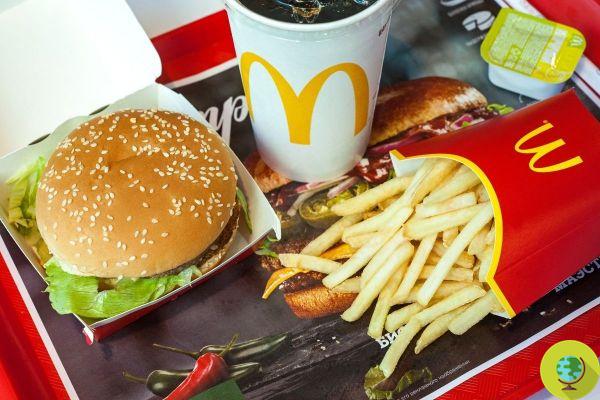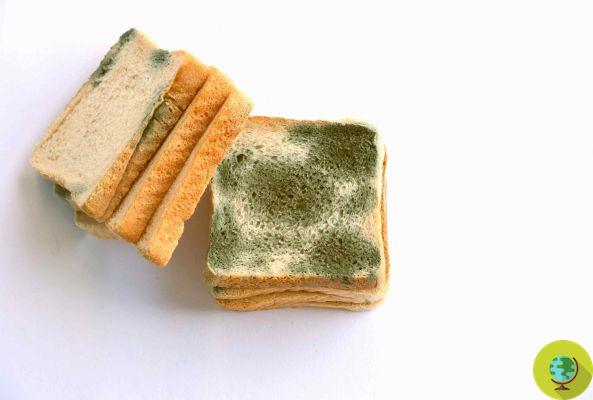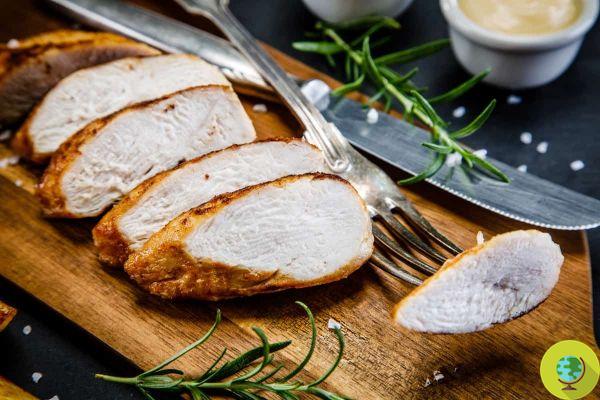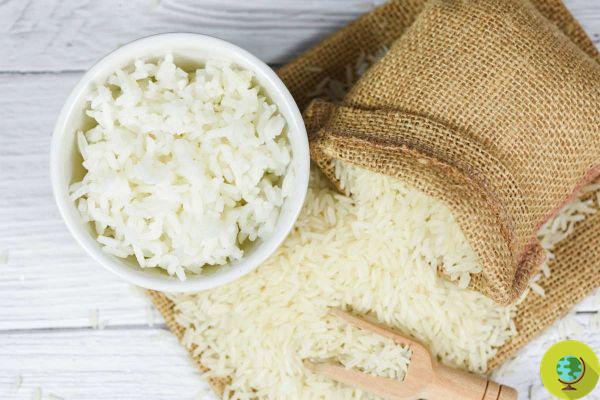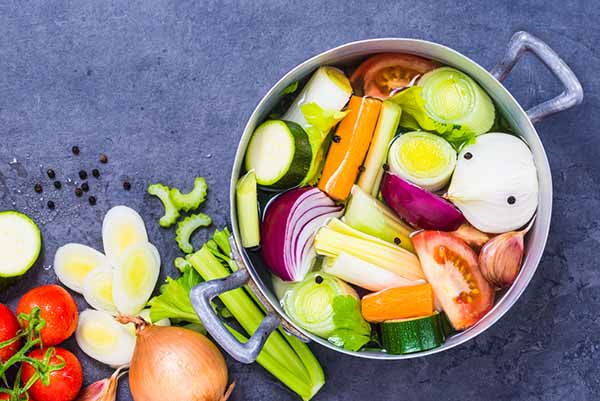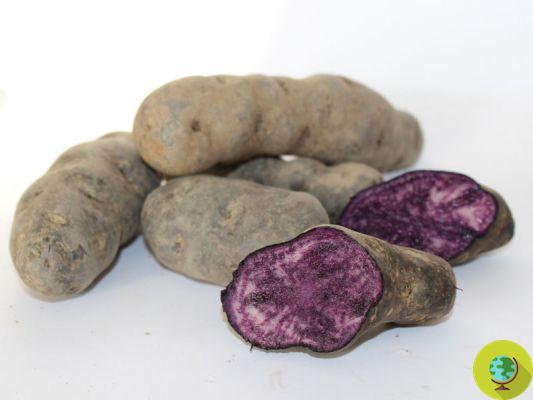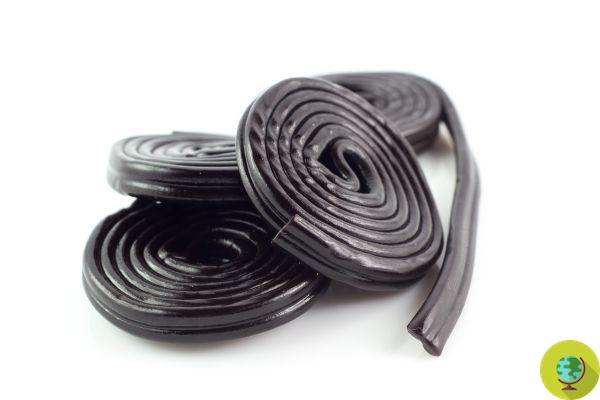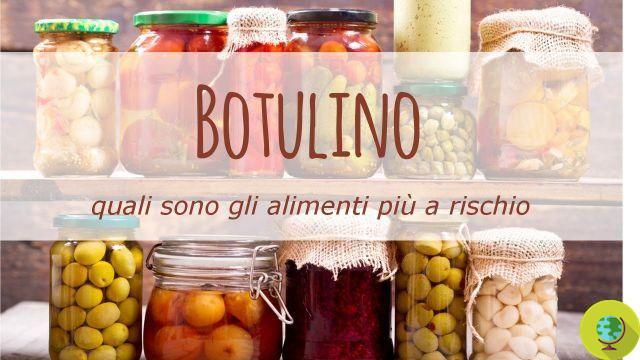
Two university students risk their lives due to Botox poisoning. The dangerous bacterium had contaminated homemade preserves sent by the parents of one or two boys in a classic "off-site package".
Don't store avocado like this: it's dangerousTwo college students risk their lives due to a 'botulinum intoxication. The dangerous bacterium had contaminated some homemade preserves sent by the parents of one or two boys in a classic "off-site package".
Il Clostridium botulinum commonly known as Botox, it is a very dangerous bacterium that can contaminate some foods producing a toxin which, if ingested and not identified and treated in time, can be even fatal. In particular, home canned food is at risk given that industrial foods are treated in such a way as to eliminate the possibility of botulinum proliferation (even if some cases come to the fore every now and then).
It seems to have seriously endangered the students' health a tomato purée probably badly preserved. After having eaten dinner together, the two boys (one from Viterbo and the other from the province of Lecce), began to suffer from vomiting, abdominal pain, dizziness and it seems that one of the two also suffered a cardiac arrest.
Fortunately, cases of Botox are rare (there are on average 20 cases per year, only 5 of which with fatal outcome) but what can we do to avoid the risk?
How to avoid the Botox risk
First of all, we need to know which are the preserves most at risk of botulinum. Pay particular attention to artichokes, aubergines, olives and all the others products in oil or brine. On the other hand, jams are safer as long as they contain good levels of sugar.
If you choose to make preserves at home you have to be careful maintain hygiene throughout the preparation phase but then also to store them in the correct way to avoid bacterial proliferation.
According to the Ministry of Health, in order to avoid the Botox risk, it is necessary to:
- Pay attention to personal hygiene, the kitchen and the tools you use
- Always wash the ingredients with which you intend to make a preserve well (better if soaked in water and bicarbonate)
- Use white wine vinegar (boil the vegetables in a solution of 50% water and 50% vinegar with 5% acetic acid)
- Use sugar in sufficient quantity in jams
- Products in brine must be made with a quantity of salt equal to at least 10% of the water used
How we read on the guide to preserves of the Ministry of Health:
“At home it is possible to block the germination of spores by means of acidification or addition of salt or sugar, or by freezingAll preserves that cannot be treated as indicated above must be sterilized and therefore cannot be safely produced at home. Just think that the spores of Clostridium botulinum type A can withstand boiling at 100 ° C even for 5-6 hours ".
You may also be interested in:
- Canned food: how to prepare them safely, avoiding the Botox risk
- Do-it-yourself preserves: the rules of the Istituto Superiore di Sanita 'to avoid the risk of botulinum
- Do-it-yourself preserves: 10 sauces and preparations under glass to enjoy vegetables all year round
One way to avoid the Botox risk is to put the preserves in the freezer, in fact, at such low temperatures the botulinum spores can no longer produce the toxin that is so dangerous for us.
Remember after making your own preserves keep them in a cool and dry place away from sources of heat or light. For more information read the guide for the correct preparation of canned food.




